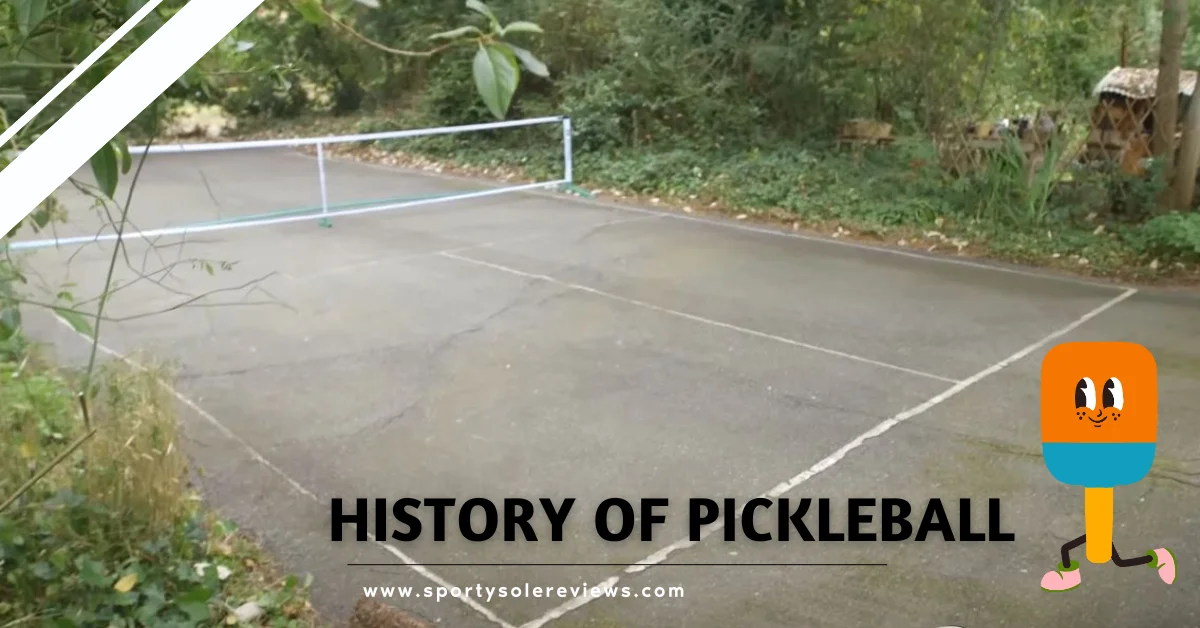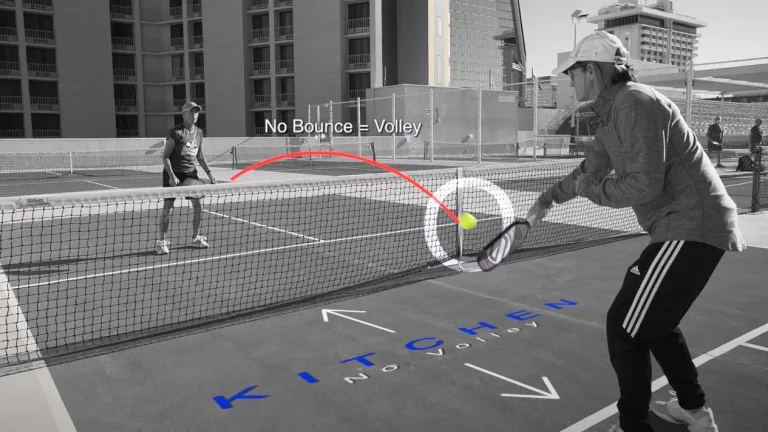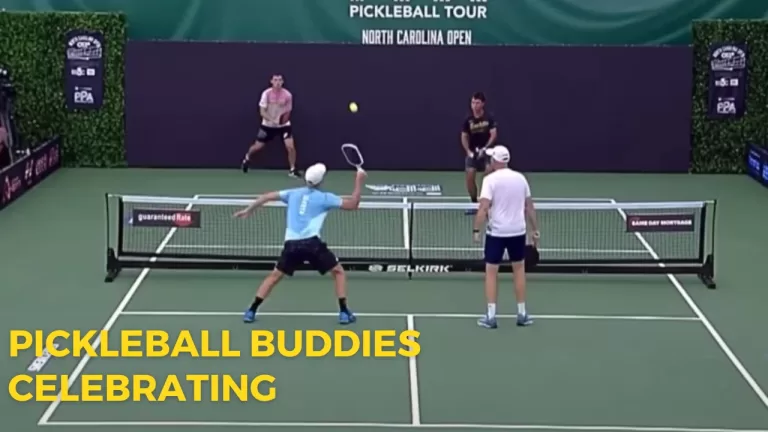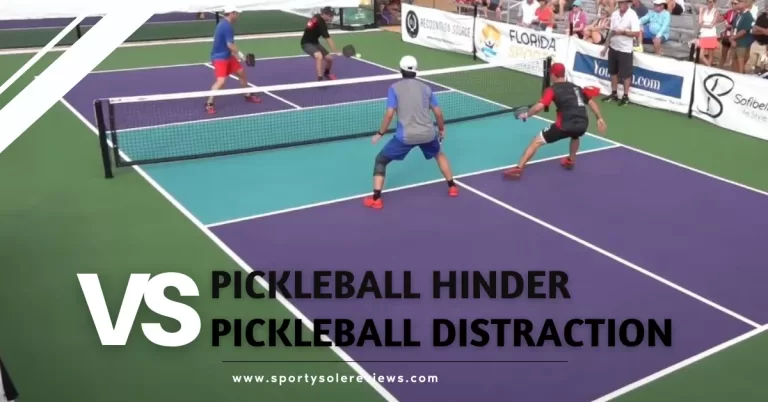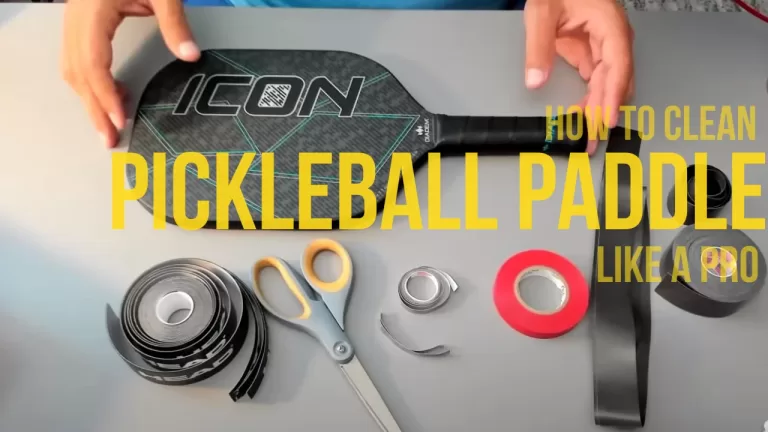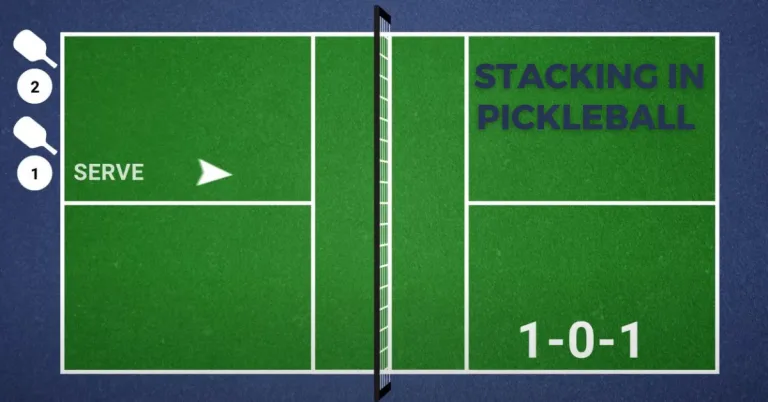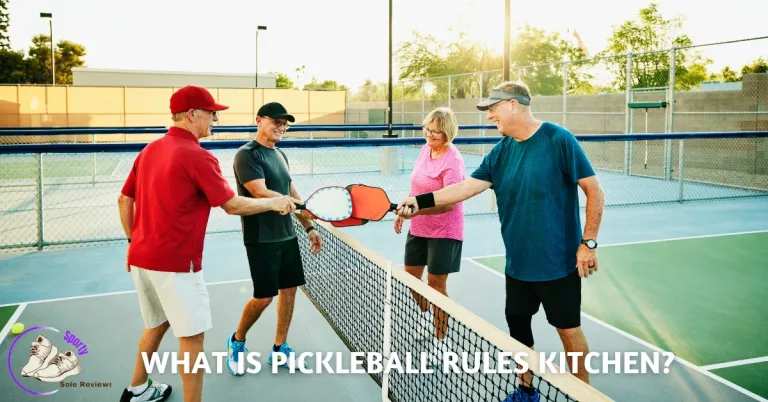The History of Pickleball: A Journey Through Time
As a passionate pickleball player myself, I am excited to delve into the rich history of this beloved sport with you. In this topic, i will explore the roots of pickleball, its evolution, and the key milestones that have shaped it into the game we know and love today.
How did pickleball come into existence?
The story begins in the summer of 1965 on Bainbridge Island, Washington. Joel Pritchard, a congressman, and his friend Bill Bell were eager to entertain their families during a weekend gathering. Faced with limited equipment and a desire for an engaging game, they improvised, utilizing ping-pong paddles, a perforated plastic ball, and a lowered badminton net. Little did they know that this casual experiment would lay the foundation for a sport that would capture the hearts of millions.
The Birth of a Sport
With its humble beginnings, pickleball started gaining popularity in the local community. As the game spread beyond the Pritchard and Bell families, the first pickleball court was constructed in Joel Pritchard’s backyard. The unique blend of tennis, badminton, and ping-pong elements attracted players of all ages and skill levels, fueling the growth of pickleball clubs and leagues across the country.
Evolution and Growth
Pickleball’s popularity surged throughout the 1970s and 1980s, as more people discovered its fun and accessible nature. The United States Pickleball Association (USAPA) was founded in 1984 to govern and promote the sport. With standardized rules, equipment specifications, and tournament regulations, pickleball became more structured and organized, paving the way for competitive play.
Pickleball Skills
To excel in pickleball, mastering essential skills is crucial. Let’s take a closer look at some key aspects of the game that can elevate your performance on the court:
1. Serve and Return
The serve and return are fundamental components of pickleball. A well-executed serve can put your opponents under pressure, while a strong return sets the tone for the rally. Focus on accuracy, spin, and placement to gain an advantage.
2. Dinking
Dinking involves hitting the ball softly over the net, close to the net, and strategically placing it in your opponents’ non-volley zone. This skill requires touch, finesse, and anticipation to control the pace of the game and create opportunities.
3. Volleys and Smashes
Mastering volleys and smashes allows you to seize offensive opportunities and gain control of the rally. Practice your timing, footwork, and shot selection to execute powerful shots while maintaining balance and positioning.
4. Strategy and Positioning
Pickleball is not just about power; it’s a game of strategy. Understanding court positioning, shot selection, and teamwork will enhance your ability to outsmart opponents and exploit their weaknesses.
Pickleball Courts
Playing pickleball requires a suitable court that adheres to specific dimensions and surface characteristics. A standard pickleball court measures 20 feet wide and 44 feet long, with a non-volley zone extending 7 feet from the net on each side. The surface can vary, ranging from asphalt and concrete to specialized cushioned materials, ensuring optimal gameplay and player safety.
The Global Impact
Pickleball’s appeal has transcended borders, captivating enthusiasts worldwide. What started as a backyard game has now become an international phenomenon, with pickleball associations and tournaments spanning continents. From Europe to Asia, Australia to South America, the sport continues to grow, fostering a vibrant and interconnected global pickleball community.
Comparison Table: History of Pickleball
| Era | Key Milestones |
|---|---|
| 1965 | Joel Pritchard and Bill Bell invent pickleball |
| 1984 | United States Pickleball Association (USAPA) founded |
| 1990s | Pickleball spreads across the United States |
| 2001 | First US Open Pickleball Championships held |
| Present | Global expansion and increasing participation worldwide |
From its humble origins on Bainbridge Island to its global presence today, pickleball has captivated players of all ages and skill levels. As you embark on your own pickleball journey, remember the rich history behind the game you love. Whether you’re a seasoned player or just starting, the history of pickleball serves as a reminder of the sport’s evolution and the joy it brings to millions of enthusiasts worldwide. So, grab your paddle and embrace the spirit of pickleball – a sport that unites, challenges, and exhilarates!
What equipment do I need to play pickleball?
To play pickleball, you’ll need a pickleball paddle, a perforated plastic ball, and a suitable court.
Can pickleball be played indoors?
Yes, pickleball can be played both indoors and outdoors. Indoor courts offer controlled environments, while outdoor courts allow players to enjoy the game amidst nature.
Is pickleball suitable for all age groups?
Absolutely! One of the beauties of pickleball is its inclusivity. People of all ages and skill levels can enjoy the game and participate in competitive play.
How long does a pickleball game typically last?
The duration of a pickleball game can vary depending on factors such as skill level, game format, and playing style. On average, a game can last between 15 to 30 minutes.
Are there professional pickleball players?
While pickleball is predominantly played at the recreational level, the sport has witnessed the rise of professional players who compete in prestigious tournaments, showcasing their skills and dedication.

